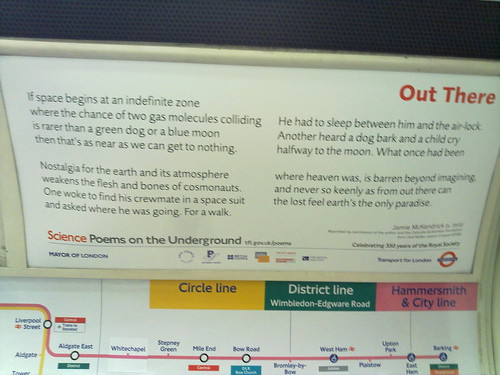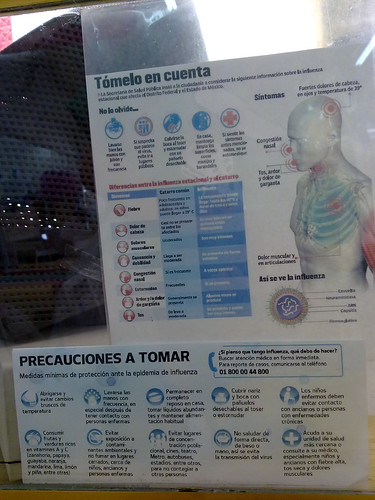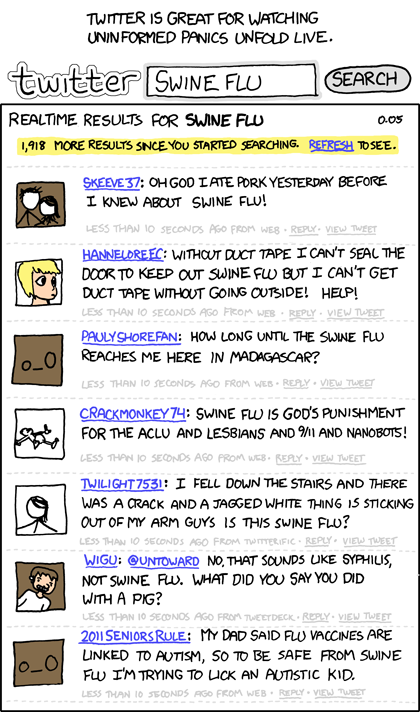For a few months now I have been using a genetic testing service called 23andme (Wikipedia). Their promise is quite simple:
Gain insight into your traits, from baldness to muscle performance. Discover risk factors for 97 diseases. Know your predicted response to drugs, from blood thinners to coffee. And uncover your ancestral origins.
The process is very straightforward. After sign up and paying a fee (+ shipping and handling) you get a small plastic tube. Spit on it, send it via DHL back to their labs in the US and wait to get your results.
You do have to agree to a pretty hefty disclaimer, and there’s a reason for it. 23andme only provide genetic testing and related services and are not a medical services provider. Furthermore, the information you can gather from this procedure can have profound consequences for you and your family: maybe there’s an inheritable disease doing the rounds in your folks (Alzheimer or Parkison have been thoroughly researched, e.g.), or you discover relatives you didn’t know you have (or indeed, find out you’re not related to who you thought you were).
Once you register you are granted access to their website to familiarize yourself with their interface and the possible results you could get. Their service is divided into four parts: My Health (genetic disease carriers and drug response), My Ancestry (analysis of X-chromosome and mitochondrial DNA for genetic genealogy), Sharing and Community (“social genetics” features), and 23 and We (voluntary participation in genetic research through surveys).
The most interesting sections for me were the first two. Regarding health I was able to confirm what I already knew from my family history plus a couple of things that I suspected but I had no certainty about such as the fact that I metabolize caffeine relatively slowly, which explains why I don’t need many cups of coffee to get my “latte high”.
The ancestry bit was also very interesting. I know a fair amount regarding my ancestry up to my great-grandparents and there are a couple of things I can gather given the areas of Mexico where they come from, but unfortunately doing a full genealogical research European style is out of the question since records in Mexico have been destroyed or lost in the Independence War, the Mexican Revolution and the Cristero War. What I found was that my mitochondrial DNA (basically my mom’s mom’s almost ad infinitum line) is Mexican Indian from the Pacific Ocean from the Ice Age migrations through the Bering Strait when the Americas was being first populated (phenotype doesn’t equal genotype, my mom looks more Caucasian than I do), while my X chromosome shows Middle Eastern (possibly Jewish or Lebanese) ancestry, which is also consistent with the recently documented migration of Spanish Jews to Northern Mexico to avoid the Spanish Inquisition. Furthermore, while the majority of my genetic markers are European, I do have a third of Asian/Native American (back to the Bering Strait bit) ancestry plus a smattering of African inheritance. It all makes relative sense based of what I know of my family’s history.
Basically what I learned in my lessons of Mexican History through high school is not only correct, it shows in me.
Unfortunately 23andme’s reference database is not perfect, but thankfully the Mexican Genomics Institute is doing a very good job in analyzing what people from the Bravo to the Usumacinta Rivers carry in their genes. All hail Saint Google :).
Through their community features the service calculates other possible genealogical matches (basically people who could be related to you who have also used the service). I’ve found mostly Mexican-Americans (obvious as their service is based in the US and they do not ship to Mexico due to our awesome customs officials) plus a smattering of people with Spanish ancestry and a lone Colombian with (I suppose) Amerindian ancestry.
Then there’s the research bit. It’s basically a bunch of surveys they use to help in correlating the presence of certain genetic markers with physical or medical traits. It’s interesting but I haven’t used the service long enough to have my answers help in any medical discoveries.
The only blemish to the whole thing is that we could get test results for my son. He’s so young that his drool is too diluted (after all the little man is teething), which means they cannot extract enough genetic material for analysis. With the way things are developing, I wouldn’t be surprised if they’re able to do it in a year or two.
All in all, a very interesting experience even if I’m just really getting started. If you want to know more about factors that could affect your health plus your ancestry and are not afraid of the power of information I truly recommend it. Other services only do one or the other.





